Soil is about half solid material by volume (large circle). The rest of the soil volume consist of pore spaces between soil particles. Pore spaces hold varying proportions of air and water (small circle).
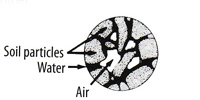 |
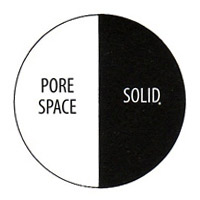 |
When the soil is saturated after irrigation or rain, pore spaces are filled with water. |
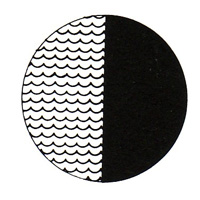 |
When soil has drained following irrigation, it is at
field capacity. In most soils, about half of the pore space is filled with water. About half of this water is available to plants; the rest is unavailable because too much suction is needed to remove it from pore spaces. |
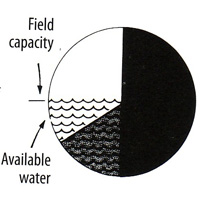 |
The allowable depletion is the proportion of the available water the crop can use before irrigation is needed. |
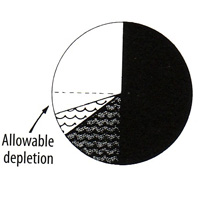 |
At the wilting point, all available water is gone. Plants die unless water is added. |
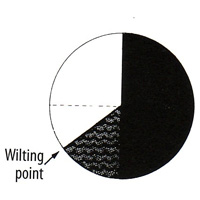 |
Illustration adapted from 2006. Integrated Pest Management for Potatoes in the Western United States. Second Edition .
Ext. UC
IPM Publ. 3316.

